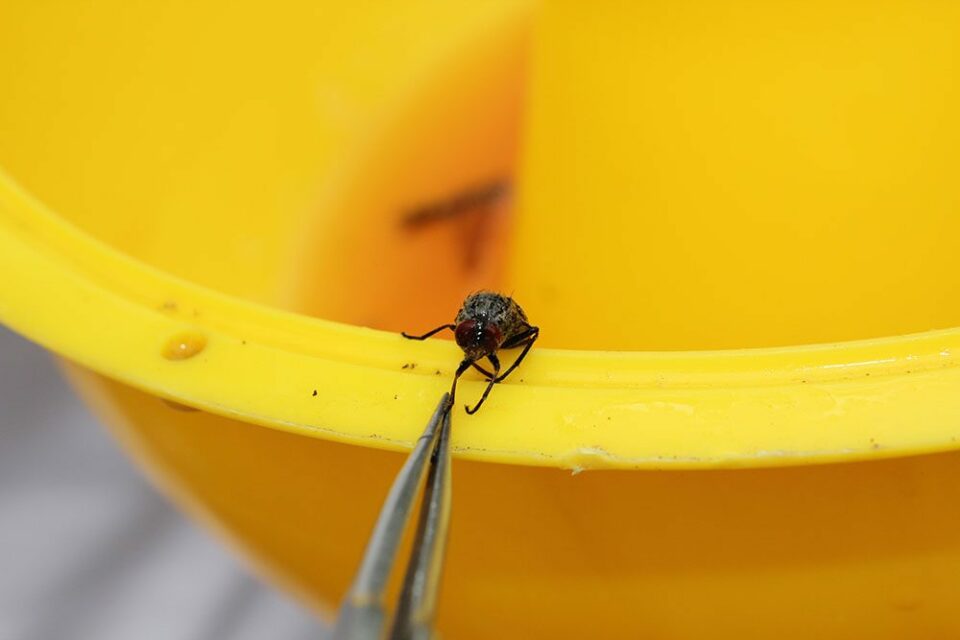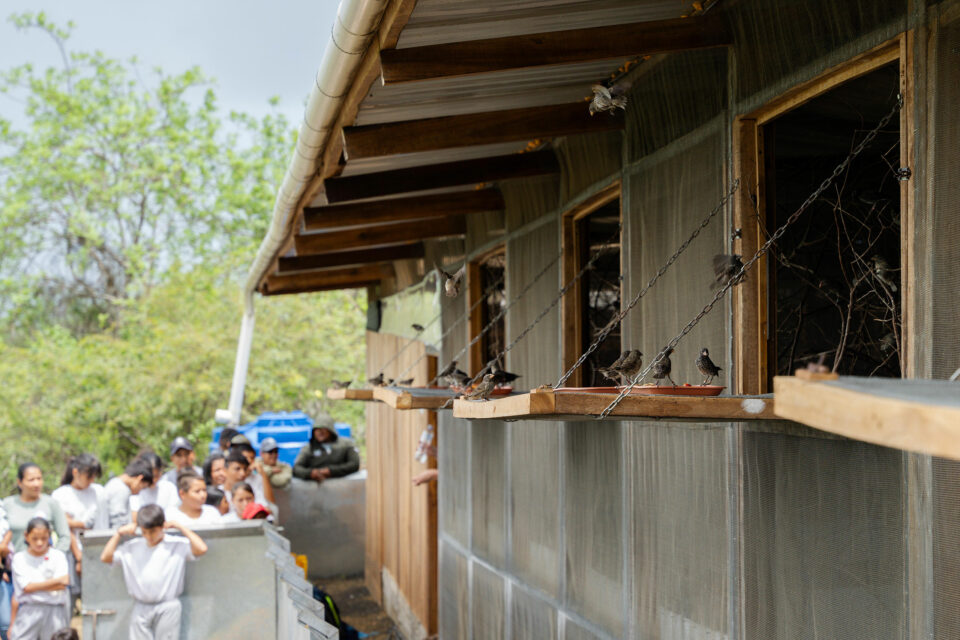

Rewilding Galapagos: The power of ecosystem engineers
Rewilding in Galapagos can repair degraded habitats, thanks to the amazing powers of 'ecosystem engineers' such as giant tortoises and land iguanas.
One of the most notable developments in conservation over the past few years has been the growing interest in ‘rewilding’. Once regarded as something of an eccentric idea, the prospect of returning lost species to their ancestral homes has both captured the imagination of the public and gained significant support from governments and NGOs around the world. But how exactly does reintroducing extinct species benefit ecosystems?
Keystone species
Part of the answer lies in the role of ‘keystone species’. The ecologist Robert Paine coined the term in the 1960s to describe those species that exert a significant effect on the composition of an ecosystem. When a keystone species is removed from an ecosystem, that ecosystem is dramatically altered, and may even cease to exist. There are generally considered to be three different types of keystone species: predators, mutualists and ecosystem engineers.
Predators control the populations of their prey, which in turn can have effects further down the food chain, in what is known as a ‘trophic cascade’. A great example of this is the role of sharks in our oceans. A study in Australia showed that areas with healthy populations of tiger sharks also had flourishing seagrass meadows, since the presence of the sharks deters green turtles, which graze on seagrass. If shark populations decline then the turtles overgraze the seagrass, which can change the whole ecosystem. This has implications not just for marine species, but for all of us, since seagrass is now known to be an important carbon sink that can help to slow the effects of climate change.
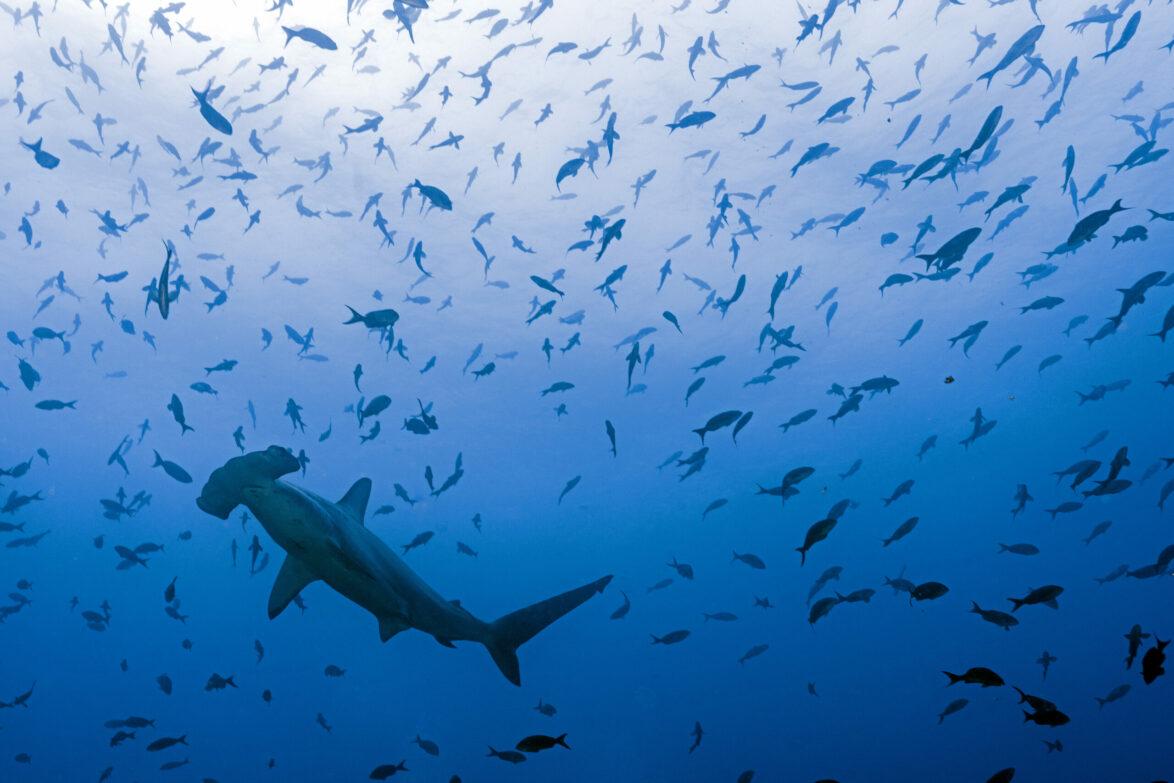
Mutualist keystone species provide benefits for other species as part of a symbiotic relationship. The most obvious example is pollinators such as bees, which both feed on the plants that they pollinate, and also enable those plants to reproduce and spread. In certain cases, one species simply cannot survive without the other, so that the removal of one leads to the disappearance of the other.
The third category, ecosystem engineers, is perhaps the most emblematic of the rewilding movement, and has become a key focus of research into the restoration of island ecosystems such as those found in Galapagos. An ecosystem engineer is a species that can create, modify, maintain or destroy a habitat, which in turn can benefit (or harm) other species. Perhaps the best known example of an ecosystem engineer is the beaver, with its remarkable ability to slow rivers, restore woodlands and create wetland habitats through felling trees and building dams. These wetlands boost biodiversity, and they can provide benefits for humans, such as alleviating flooding and improving water quality.
An ecosystem engineer is a species that can create, modify, maintain or destroy a habitat, which in turn can benefit (or harm) other species.
Galapagos giant tortoises as ecosystem engineers
We also find ecosystem engineers in Galapagos, and we are building up an increasingly detailed picture of how these species affect their habitat and provide opportunities for other species. The most iconic Galapagos species of all, the giant tortoise, is an important ecosystem engineer. Tortoises shape their habitats by grazing on plants, dispersing seeds and trampling vegetation. They play an important role in germinating seeds, as well as in thinning out and opening up new areas of ground for different types of vegetation to grow.
For evidence of these processes at work, we just have to look at the reintroduction of giant tortoises to Santa Fe. This small island in the centre of the Archipelago, situated between Santa Cruz and San Cristobal, once had its own endemic species of tortoise, which went extinct in the mid-19th century due to overexploitation by humans. The island’s ecosystem was then ravaged by the introduction of feral goats, which caused severe soil erosion and changes in the structure of the island’s vegetation. A successful eradication programme removed the goats in the 1970s, but the continuing absence of tortoises limited the ability of the ecosystem to recover.
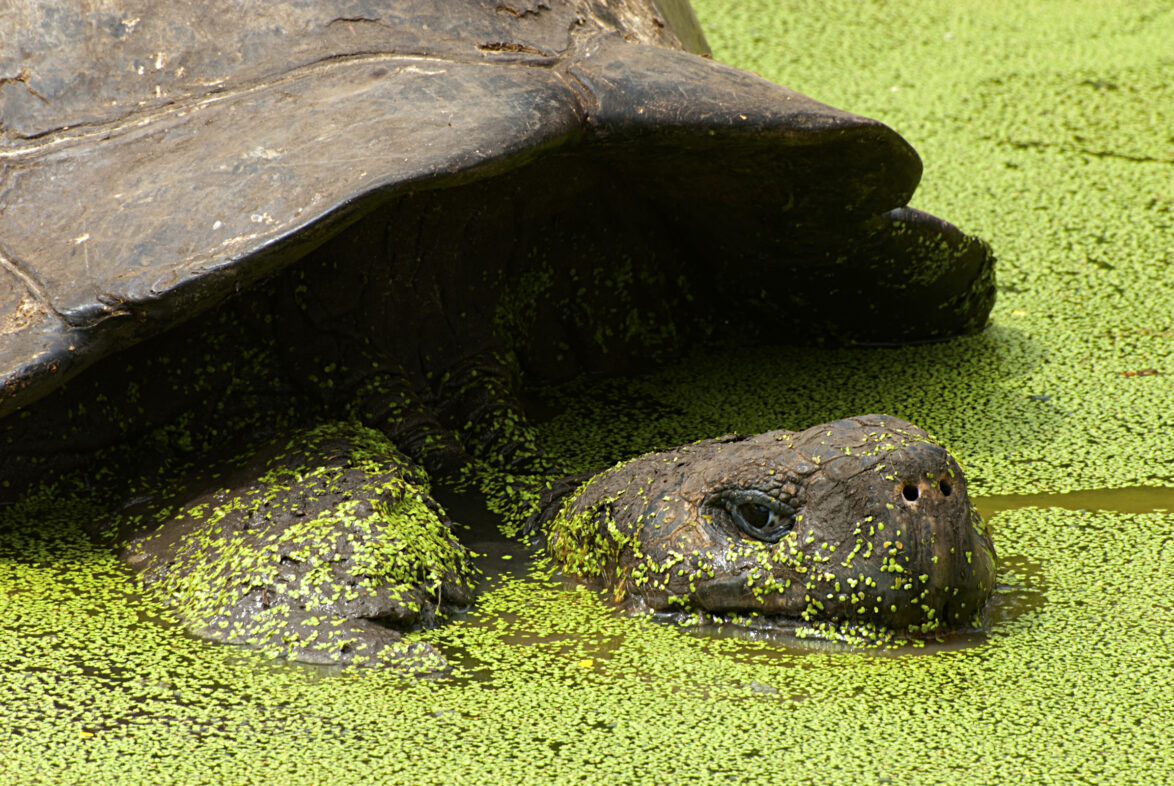
Following genetic evaluation of tortoise bones on the island, a decision was made to introduce the closest living relative of the Santa Fe tortoise to the island as a proxy for the extinct species. Between 2015 and 2020, a total of 551 juvenile and 31 subadult tortoises from Española island (Chelonoidis hoodensis) were translocated to Santa Fe, and by 2020 they had successfully colonised around 10% of the island, with a survival rate comparable to their native range in spite of Santa Fe’s degraded habitat. Most promisingly, the population of both the Opuntia echios cactus (a keystone species for many organisms on the island) and the land iguana subspecies Conolophus pallidus were shown to have increased following the arrival of the tortoises.
The tortoises consume the fruits of the cactus and help to disperse the seeds in their faeces, where previously the seeds would have been heavily predated by birds, especially finches. The increase in the population of iguanas was more surprising, since land iguanas and tortoises have a similar diet, and it had been thought that the introduction of tortoises might negatively impact the iguanas; in fact, the opposite seems to be true. The complexity of ecosystems is such that rewilding programmes, where natural processes are allowed to take over, can sometimes result in unexpected outcomes.
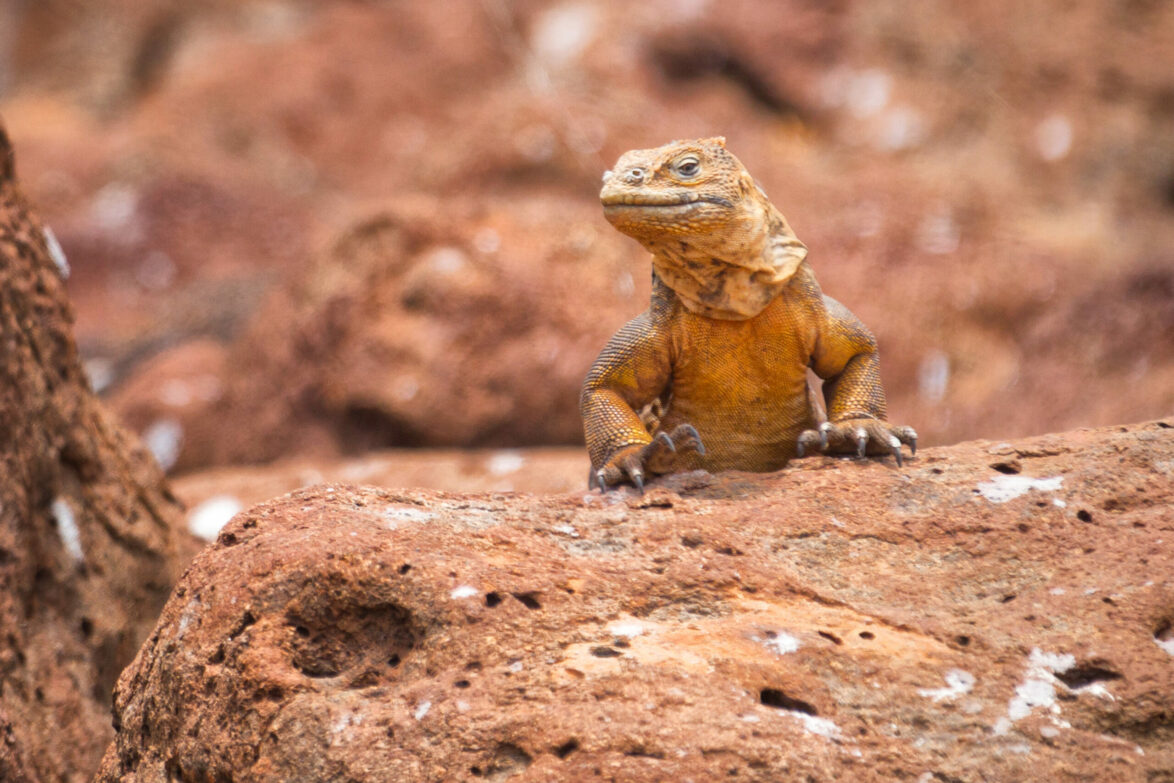
A similar approach to that taken in Santa Fe is planned for Floreana, another island where the endemic tortoise species (Ch. niger) is extinct, with genetically similar tortoises from Isabela to be translocated to the island once the eradication of invasive predatory mammals has been successfully achieved. GCT is a key supporter of the Floreana project, which is due to move into the eradication phase in 2023, an important milestone in the restoration of the island.
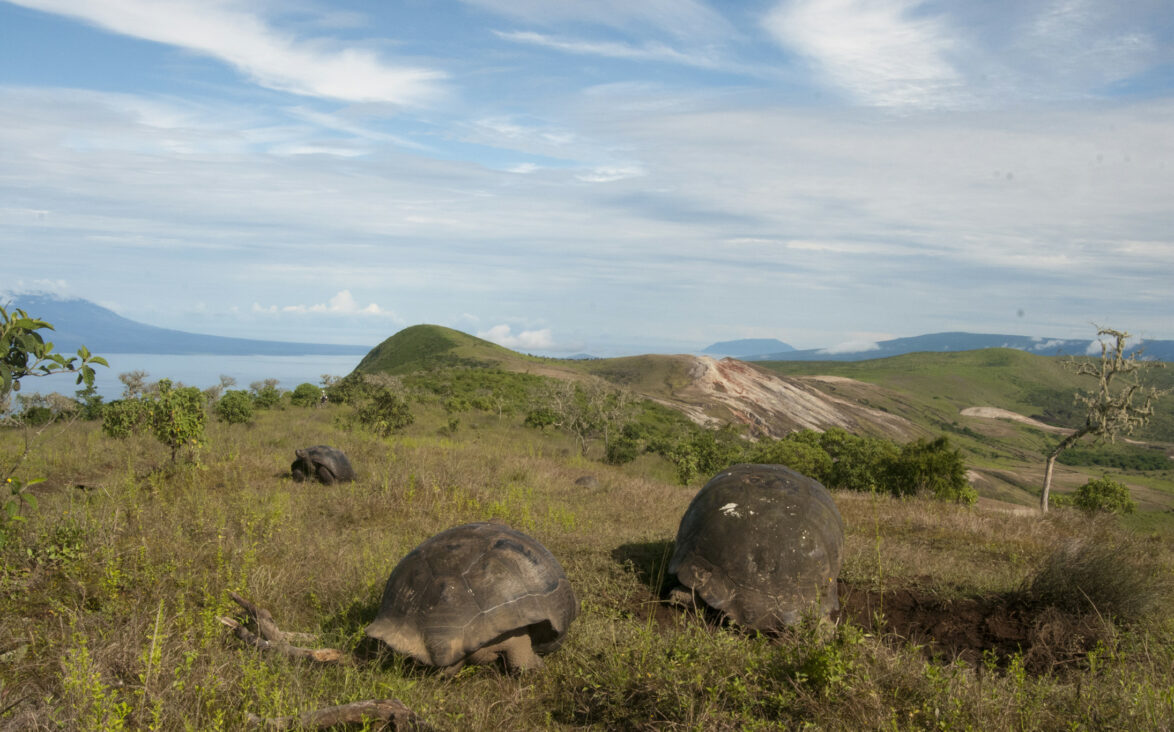
The history of the Galapagos giant tortoise
Take a trip back in time to discover the history of the most famous Galapagos species of all, the giant tortoise.
Galapagos land iguanas as ecosystem engineers
Land iguanas are also ecosystem engineers. A study published in 2022 showed a significant difference between two adjacent islands in Galapagos, one with a resident land iguana population and one without. On South Plaza island, where iguanas are present, there was significantly less woody plant cover, more area with seasonal grasses, and many fewer cacti. On North Plaza island, where iguanas have never been recorded, cacti had a more clumped distribution than on South Plaza. As with Santa Fe in the absence of tortoises, so the absence of land iguanas on North Plaza means that it is harder for the cacti to spread widely across the island due to their seeds being eaten by finches.

Another important likely effect of the iguanas is the impact on marine mammals. Sea lions cannot navigate through woody vegetation when they are looking for somewhere to bask, and therefore tend to occupy the more sparsely vegetated areas created by the iguanas on South Plaza. The sea lions deposit large amounts of faeces, which acts as a vector for transferring marine nutrients to the terrestrial ecosystem and altering the soil chemistry.
All of these findings support the reintroduction of large-bodied reptilian herbivores as a key component of restoring island ecosystems in Galapagos, and we expect to see similar results from the reintroduction of land iguanas to Santiago island, a project supported by GCT over a number of years. Iguanas were reintroduced to Santiago in 2019 after an absence of more than a century, and are now successfully breeding, with the island already showing positive environmental changes.
Sea lions cannot navigate through woody vegetation when they are looking for somewhere to bask, and therefore tend to occupy the more sparsely vegetated areas created by the iguanas on South Plaza.
Rewilding the sea
Sea lions are not the only species that transfer marine nutrients from one location to another. We also see this with migratory marine species such as whales and sharks. Whales can move nutrients thousands of miles from productive feeding areas at high latitudes to calving locations at lower latitudes. Whales also feed down in the depths and then release fecal plumes near the surface, which supports the growth of plankton in a remarkable process known as a ‘whale pump’. Historically, whales were seen as competition for commercial fishing, but we now believe that the recovery of whale populations can actually lead to higher rates of ocean productivity, which in turn boosts fisheries.
Perhaps most significantly for humans, we are now also beginning to understand the role that marine megafauna such as whales and sharks play in carbon sequestration, so-called ‘blue carbon‘. This is partly due to the trophic cascade effect described earlier, along with the plankton produced by the ‘whale pump’ effect, but there are a number of other ways that carbon is sequestered in the marine environment, including in the biomass of megafauna (both when alive and as ‘deadfall’ when carcasses sink to the bottom of the ocean), and through mesopelagic fish feeding in the upper ocean layers during the night and then transporting consumed organic carbon to deeper waters during daylight hours.
Blue carbon is one of many reasons why it is so important that we protect the oceans around Galapagos, rewilding the sea and allowing marine ecosystems to thrive.

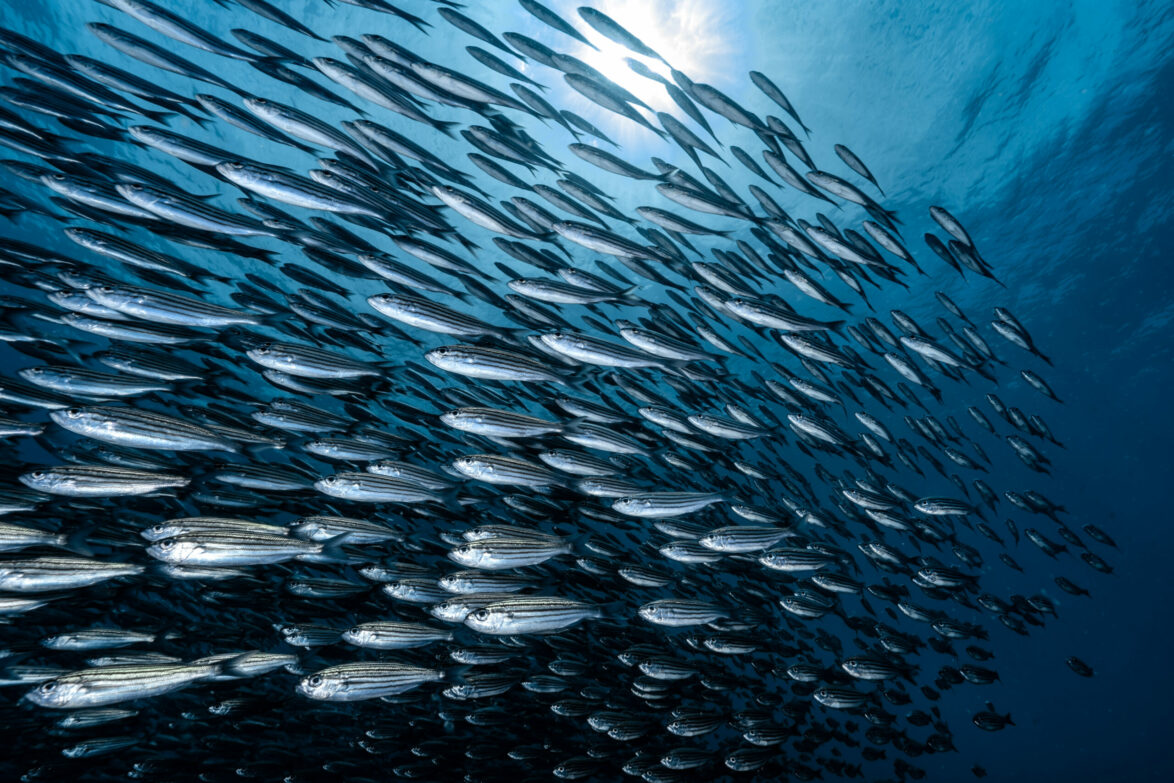
Blue carbon: What is it?
Ocean protection is key to climate resilience. The global ocean and the species that live there play a major role in capturing carbon from the atmosphere – called blue carbon.
Galapagos Day 2023
On 19 October we returned to the Royal Geographical Society for Galapagos Day 2023, where our theme for the evening was ‘Rewilding Galapagos’.
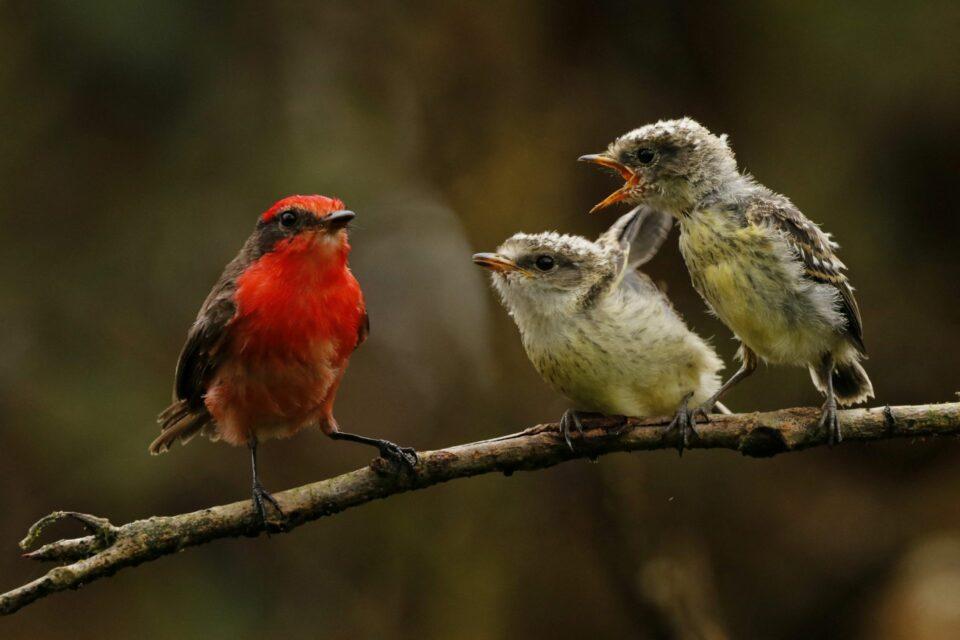
Related articles

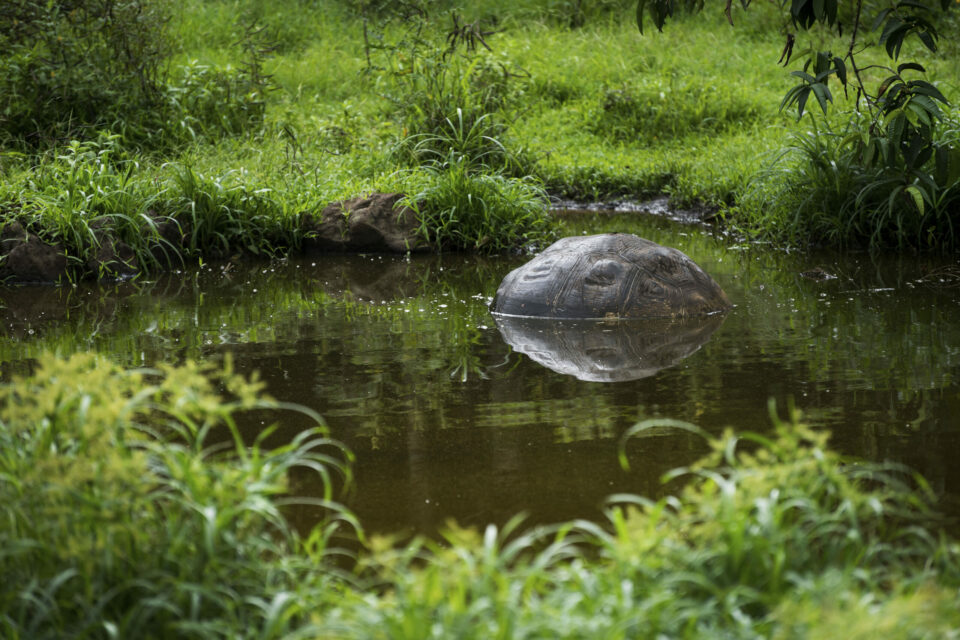
Double your donation to rewild Galapagos with the Big Give

The return of the Floreana giant tortoise
